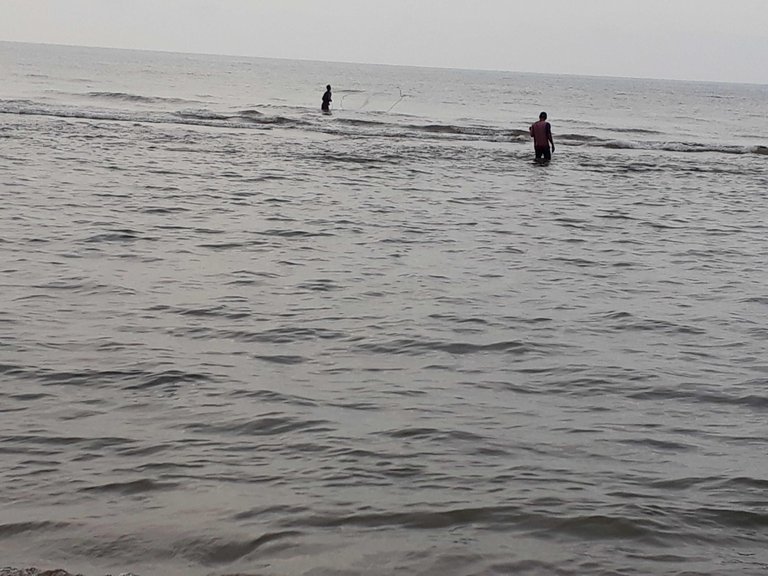
The sea is a large saltwater body that is surrounded completely or partially by land. [1] [2] [a] In the broader sense, "the sea" is a system of interconnected watery waters of salty ocean waters on Earth-regarded as one ocean global or as some of the major ocean divisions. The ocean moderates Earth's climate and has an important role in the water cycle, the carbon cycle, and the nitrogen cycle. Although the sea has been explored and explored since prehistoric times, modern scientific studies of ocean-new oceanography began during the expedition of the Challenger United Kingdom in the 1870s. [3] The sea is conventionally divided into five major oceans-which include four oceans recognized by the International Hydrographic Organization (Atlantic, Pacific, Indies and Arctic) and the Southern Ocean; [5] smaller second-class parts, such as the Mediterranean, known as the sea.
Depending on the current state of continental drift, the Northern Hemisphere is now fairly and equally divided between land and sea (a ratio of about 2: 3) but the Southern Hemisphere is almost entirely oceanic (1: 4.7). [6] Salinity in the open ocean is generally within the mass of about 3.5%, although it may vary in more locked waters of land, near the mouth of a large river, or in great depths. Approximately 85% of the content in the open ocean is sodium chloride. The inner ocean currents are generated by the difference between salinity and temperature. Surface currents are formed by the influence of waves generated by wind and by sea tides, changes in the local sea surface are generated by the gravity of the Moon and the Sun. The direction of all is governed by the mass of surface soil and seabirds and by the Earth's rotation (Coriolis effect).
Past changes at sea level leave the continental shelf, a stem area in the sea close to land. The nutrient-rich waters are inhabited by life, providing humans with substantial food supplies-especially fish, as well as shellfish, mammals and seaweeds-are harvested in the wild and reared. The most diverse areas surround large tropical coral reefs. Whale hunting in the deep sea had become common but the decline in whales led to conservation efforts abroad and then a moratorium on most commercial hunts. Oceanography has been collected so that not all life is limited to the surface waters of the sun: even under great depth and pressure, nutrients flow from the hydrothermal layers that support their own unique ecosystem. Life begins there and aquatic microbial mating is generally oxygenated from the Earth's atmosphere: plants and animals originally evolved in the ocean.
The sea is an essential aspect of trade, travel, mineralization, and human power. It also makes it essential to warfare and keeps major cities threatened by earthquakes and mountains from nearby faults; strong tsunami currents; and the hurricanes, typhoons, and cyclones produced in the tropics. These influences and dualities have an impact on human culture, from the god of the sea; Homer epic poem; changes brought about by the Colombian Exchange; sea burial; haiku-haiku by Basho; hyperrealist marine art; and music inspired by the praises of Alameda The Complaynt of Scotland, Rimsky-Korsakov's "Sea and Sinbad's Ship" and A-mei's "Sea Coverage". The sea is a place of leisure activities that include swimming, diving, surfing and sailing. However, population growth, industrialization, and intensive agriculture all contribute to marine pollution today. Carbon dioxide in the atmosphere is increasing in number, reducing the pH in a process known as the Asidification of the Universe. The division of marine nature makes excessive fisheries more and more an issue.